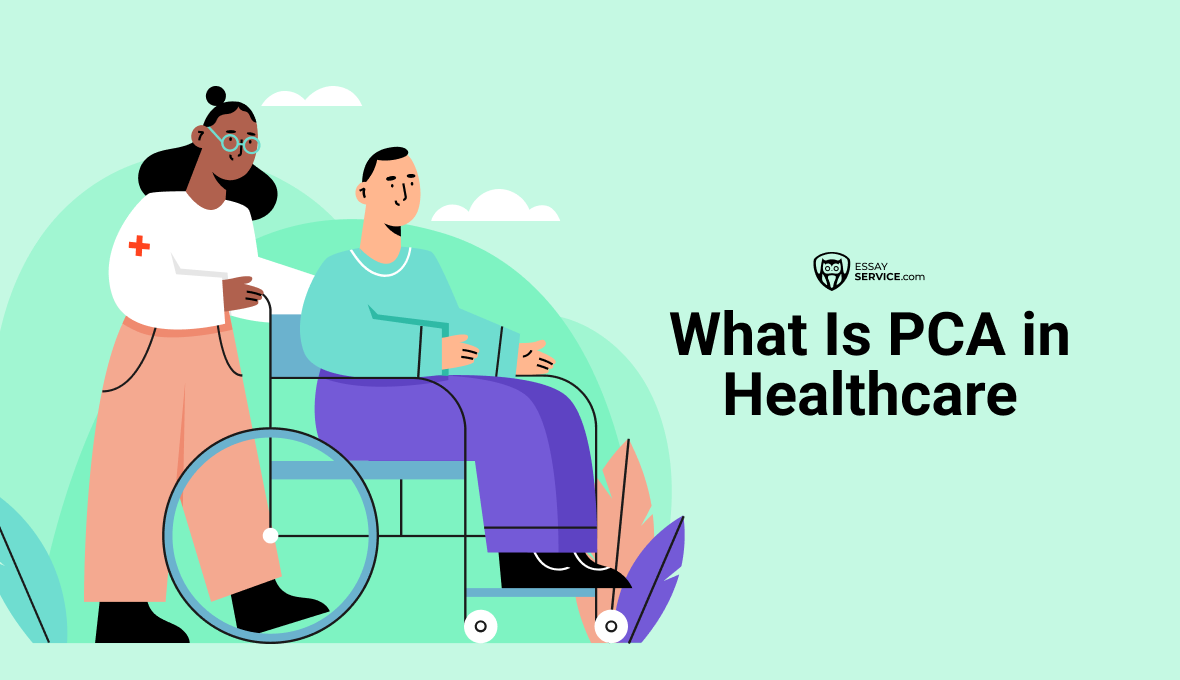If you're navigating the complexities of medical care, especially for those with serious illnesses, the acronym PPS might pop up frequently. It stands for the Palliative Performance Scale, a crucial tool that healthcare professionals use to assess the functional status of patients in palliative care. But why is it so important? And how does it impact the care your loved ones receive?
Imagine having a clear roadmap that guides healthcare providers in delivering the best possible care tailored to an individuals' specific needs. This scale does just that by evaluating key aspects such as mobility, daily activities, self-care, intake of food and fluids, and cognitive function. In the following sections, we'll examine each component to reveal how it shapes compassionate and effective palliative care.
Palliative Performance Scale Meaning
Developed by the Victoria Hospice Society, the PPS provides a systematic method to measure a patient's physical status, ambulation, activity level, self-care, intake, and level of consciousness. By offering a score ranging from 0% (indicative of death) to 100% (fully functional), the PPS aids in determining the appropriate level of care and necessary interventions for a person facing life-limiting illnesses.
The Palliative Performance Scale is particularly valuable for its ability to facilitate clear communication among multidisciplinary healthcare teams, patients, and families. It helps in planning and delivering personalized care that aligns with the patient's needs and goals. Additionally, the PPS is used to predict survival outcomes, which can be critical for making informed decisions about treatment options and end-of-life care.
Feeling Confused in Healthcare?
Our experts are pros in this field, let them handle your assignment with ease.
Defining PPS Terms
Understanding the concept requires a clear grasp of its key components, each of which plays a crucial role in evaluating a patient's condition. Here, we will define and explain the terms used in the PPS to provide comprehensive insight into how they contribute to the assessment process.
.webp)
Ambulation
Ambulation refers to a patient's ability to move or walk around.
At the PPS 70% level, reduced ambulation means that a person can walk independently but struggles with more strenuous activities like gardening or walking long distances. They might avoid stairs or long walks, preferring shorter, less demanding routes. At the 60% level, the patient may need occasional assistance, such as using a cane for balance or requiring help from a caregiver to walk to the bathroom at night.
For patients mainly sitting or lying down (PPS 50%), their mobility is significantly reduced, and they might spend most of their day in a recliner or bed, needing assistance to move between these positions. At 40%, patients are predominantly bedridden, only getting up for brief periods with considerable help. Those at 30%, 20%, and 10% are entirely bedbound, with 30% patients possibly still able to sit up with help, while PPS 10% individuals are fully dependent and often unable to communicate their needs effectively.

Activity & Evidence of Disease
Activity & Evidence of Disease examines both the patient's level of physical activity and the observable signs and symptoms of their disease. This term captures the extent to which a patient can engage in everyday activities and the impact of their illness on their ability to function.
High levels of activity with minimal evidence of disease suggest a better prognosis, while limited activity with significant disease manifestations indicates advanced illness and a higher need for supportive care.
For instance, consider a person with congestive heart failure:
- Some diseases might present as occasional shortness of breath and mild swelling in the legs.
- Significant diseases could involve daily shortness of breath, difficulty performing daily activities, and frequent hospitalizations.
- Extensive disease may include severe, constant shortness of breath, inability to perform any physical activity without discomfort, and severe fluid retention despite medication.
Activity levels are assessed based on the patient's ability to engage in their usual activities. For example, an avid gardener might scale back from tending to a large garden to caring for a few potted plants indoors. Similarly, someone who enjoys cooking elaborate meals might simplify their routine, preparing only quick, easy-to-make dishes.
Self-Care
Self-care measures a patient's ability to perform personal care tasks, such as bathing, dressing, eating, and managing bodily functions.
Occasional assistance is needed when a diseased person generally manages their personal care but occasionally requires help, such as needing assistance with buttons or shoelaces or help getting in and out of the shower once or twice a week.
Considerable assistance is required daily for tasks like getting dressed, where the patient might need help with more complex clothing items but can still manage simpler tasks like brushing their teeth or combing their hair independently.
Mainly, assistance means the patient needs help with most activities throughout the day, such as needing someone to assist with all aspects of dressing, bathing, and moving from bed to chair, although they might still be able to feed themselves if food is prepared and placed within easy reach.
Total care is when the patient is entirely dependent on others for all personal care activities and is unable to perform any tasks such as eating, toileting, or washing without full assistance. In this stage, a person often requires specialized equipment for feeding and toileting and may be bedridden with minimal ability to communicate their needs.
Feeling Stuck in the Healthcare Maze?
Our seasoned experts navigate the healthcare landscape with finesse. Let them guide your assignment to success effortlessly.
Intake
Intake refers to the patient's ability to consume food and fluids. At higher functional levels (PPS 70%), patients may have a reduced appetite but still manage regular meals with encouragement. They might eat smaller portions or prefer certain foods that are easier to digest.
As the disease progresses (PPS 50%), intake may decrease further, with patients needing softer foods or nutritional supplements due to difficulties with chewing or swallowing.
At PPS 40% and lower, intake can be severely compromised. Patients might require pureed diets or tube feeding, and their overall intake may be minimal, relying heavily on caregivers for feeding assistance.
In the most advanced stages (PPS 10%), a person may be unable to eat or drink at all, requiring complete nutritional support through intravenous methods or being at a stage where feeding is no longer beneficial, and focus shifts to comfort care and symptom management.
Conscious Level
Conscious Level assesses a patient's state of awareness and cognitive function. This term evaluates whether a patient is fully alert, drowsy, confused, or in a state of reduced consciousness. In the PPS, a lower consciousness level often signifies advanced disease stages and the need for increased supportive measures. Understanding the conscious level is essential for determining communication strategies, the patient's ability to participate in decision-making, and the appropriate level of monitoring and care.
Palliative Performance Scale (PPS). VNS Health. (2022, May 17). https://www.vnshealth.org/for-professionals/patient-referrals/referring-to-hospice-care/palliative-performance-scale-pps/
You Might Also Like
New posts to your inbox!
Your submission has been received!
.webp)

.webp)
.webp)
